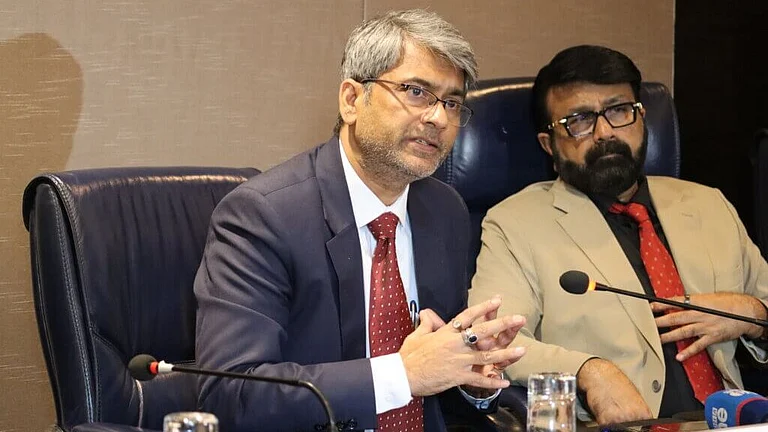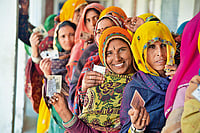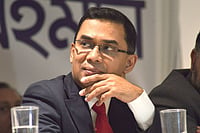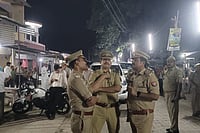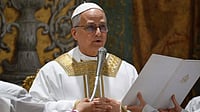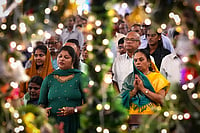Many commentators believe Indias Partition exemplifies the unfinishedbusiness of most such partitions, of which the most bitterly contested andintractable is Kashmir. But its not just unfinished business. Suvir Kaul maintainsits ongoing business too because Partitions afterlife still guides ourpublic policy and inhibits our progress from colonial state to post-colonialdemocracy. Further, he says, India and Pakistan require Partition, or its morelocal reiterations...to justify state authority.
Partitions of Memory, like other recent explorations of that shattering event,departs from political history and nationalist historiography to answer questions forthose concerned with how Partition shaped relations not only between, but within, nations.
One of these questions has to do with forgotten histories. Mukulika Bannerjisessay on the Khudai Khidmatgars of the nwfp is among the most interesting in thiscollection, for highlighting one of Partitions abiding conundrums. Here was a peoplewho fiercely resisted any identification with religion-based division, despite being 96per cent Muslim; believed in non-violent struggle; and supported the Congressbutfound themselves in Pakistan in 1947. The KKs, denounced and vilified by the MuslimLeague, posed this question to the author in the 90s, when she interviewed them:If East and West Pakistan could be separated by India, why could we not form WestIndia and be separated from the rest of India by Pakistan? But had that transpired,one is forced to wonder whether it would have become another Kashmir?
The schizophrenic nature of the India-Pakistan relationship is, as Richard Murphy says,enacted every day at sunset at the Wagah border, and every March in Lahore during Basant,celebrated with gusto by trendy Lahoris. Mirroring is what characterises bothrituals; at Wagah Indian and Pakistani detachments distinguish themselves and thelarger wholes they represent, using a common symbolic language of uniforms, music andmilitary drill inherited from the Raj. At Basant, Lahoris reinvent a Hindu festivalby investing it with rural Punjabi authenticity.
Of the four memory essays in this volume, Murphys and Bannerjisareliterally and metaphoricallythe most illuminating, both because they dealwith contemporary Pakistan, and because they show how lived reality explodes thestereotypes of fixed identities on either side of the border. Bannerjis interviewswith the KKs skilfully juxtapose their memories with their descendantswhoimbued with the present and five decades of post-Partition historydeny therelevance of such memories. Murphys is a much more complicated interleaving of pastand present, of the selective appropriation of cultural practices, and of how thesyncretic character of a city like Lahore is subtly transformed. Not completely, though.Centuries of shared living make rigid demarcations impossibleand yet, difference isforced into divisiveness.
The other two memory essays, Sunil Kumars on the Qutub Minar and NitaKumars on children, have a much more tenuous link with Partition. Nitasexploration of how 1947 is remembered by children in Banaras and Calcutta belies theexpectations set up by her concern: teaching and writing about the nation in waysthat do the least possible violence, that respect and celebrate other higher and lowerlevel un-mixing and unmatching histories. She throws up some rather astonishingconclusions about an individuals relationship to the nation.
The refugees ties to the state/government is the subject of Joya Chatterjisand Urvashi Butalias essays. Theyre more straightforwardlyhistorical in that they deal with documents rather than memories.Butalias is an archive with a differencePartition letters written during1947-49, to various people in authority about jobs, shelter, offers of service, and sundrycomplaints to the sarkar as mai-baap. Chatterjis richly-detailed analysis of WestBengals rehabilitation programme in the immediate post-Partition period is alsoabout employment, housing, social security and reconstruction, but whereas Butaliasletter-writers (mostly Punjabis) appeal to the states benevolent disposition,Chatterjis refugees demand political and economic rights from the government. Hereinlies the difference between the Punjab and West Bengal experiences. In the latter, wherethe influx of refugees was protracted and, ultimately, much greater (25 million in 50years), organising around rights made for the emergence of the Left Front as a long-termpolitical force. In Delhi by contrast, although the Jan Sangh was an important factor inrefugee rehabilitation (certain refugee colonies and communities support thebjp to date), it was unable to make political capital on this effort.
Each new, and different, examination of Partition reminds us how much more lies buried,unexplored. Take Priyamvada Gopals treatment of Mantos Thanda Gosht,of which we thought all had been said. But it awaited a gendered readingandGopals is most intelligentnot just of this story but of Mantos Partitionoeuvre. And Ramnarayan Rawats account of Dalit politics and Partition politicsunderlines one of the least researched aspects of identity-formation in the context ofPartition.
As with other recent writing on Partition so, too, with this volumewe realise themore we read, the less we really know about it.







